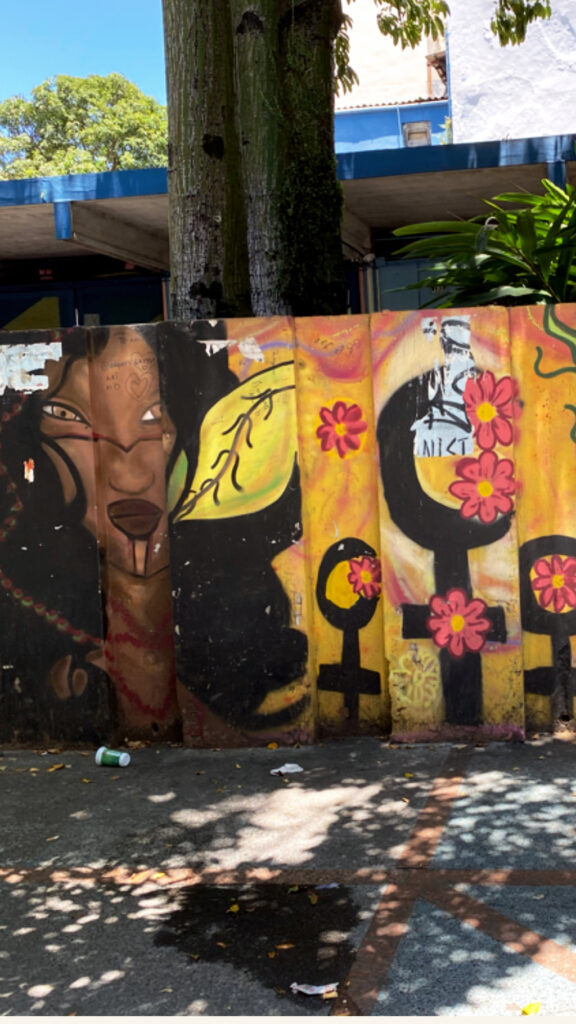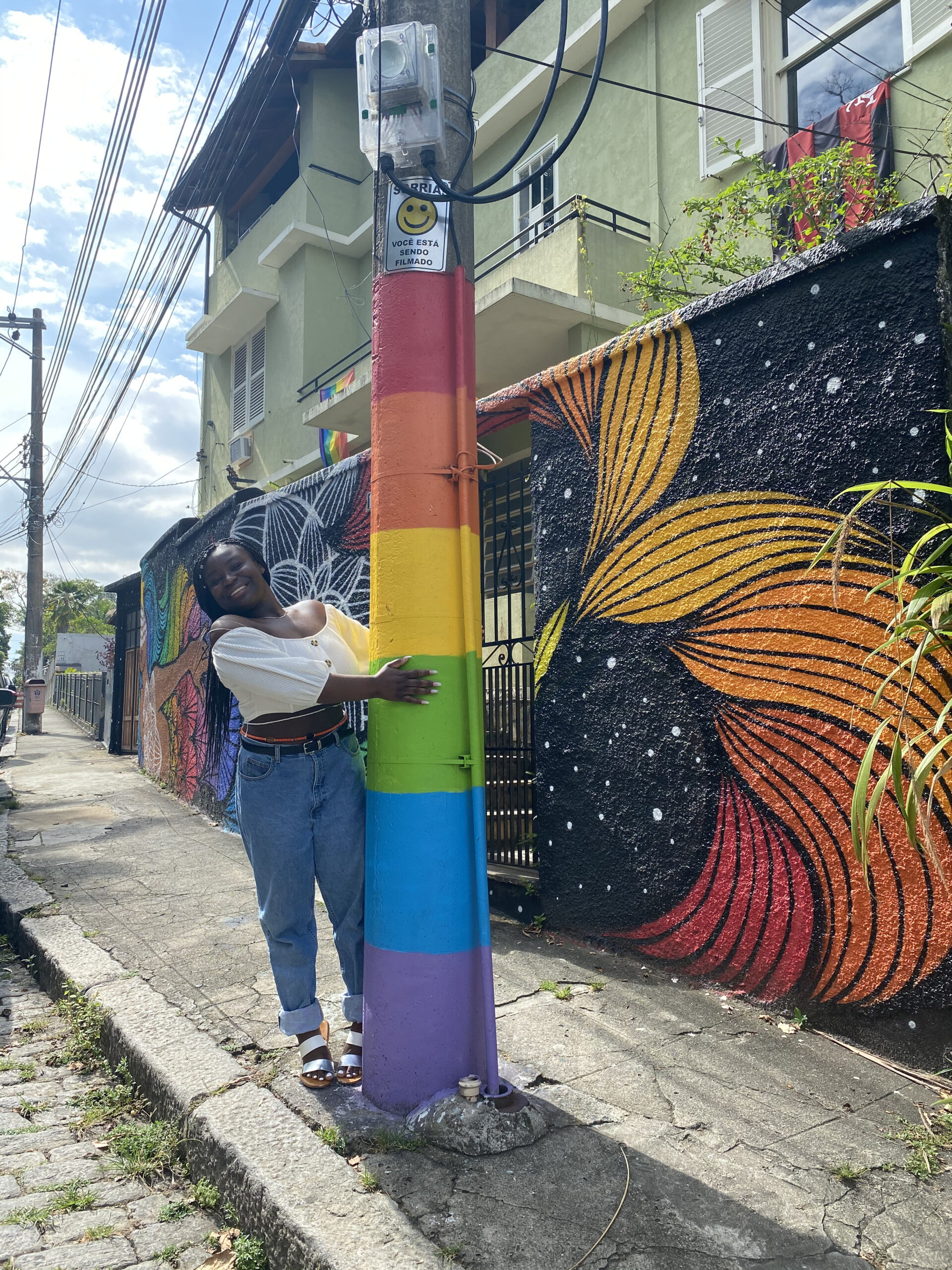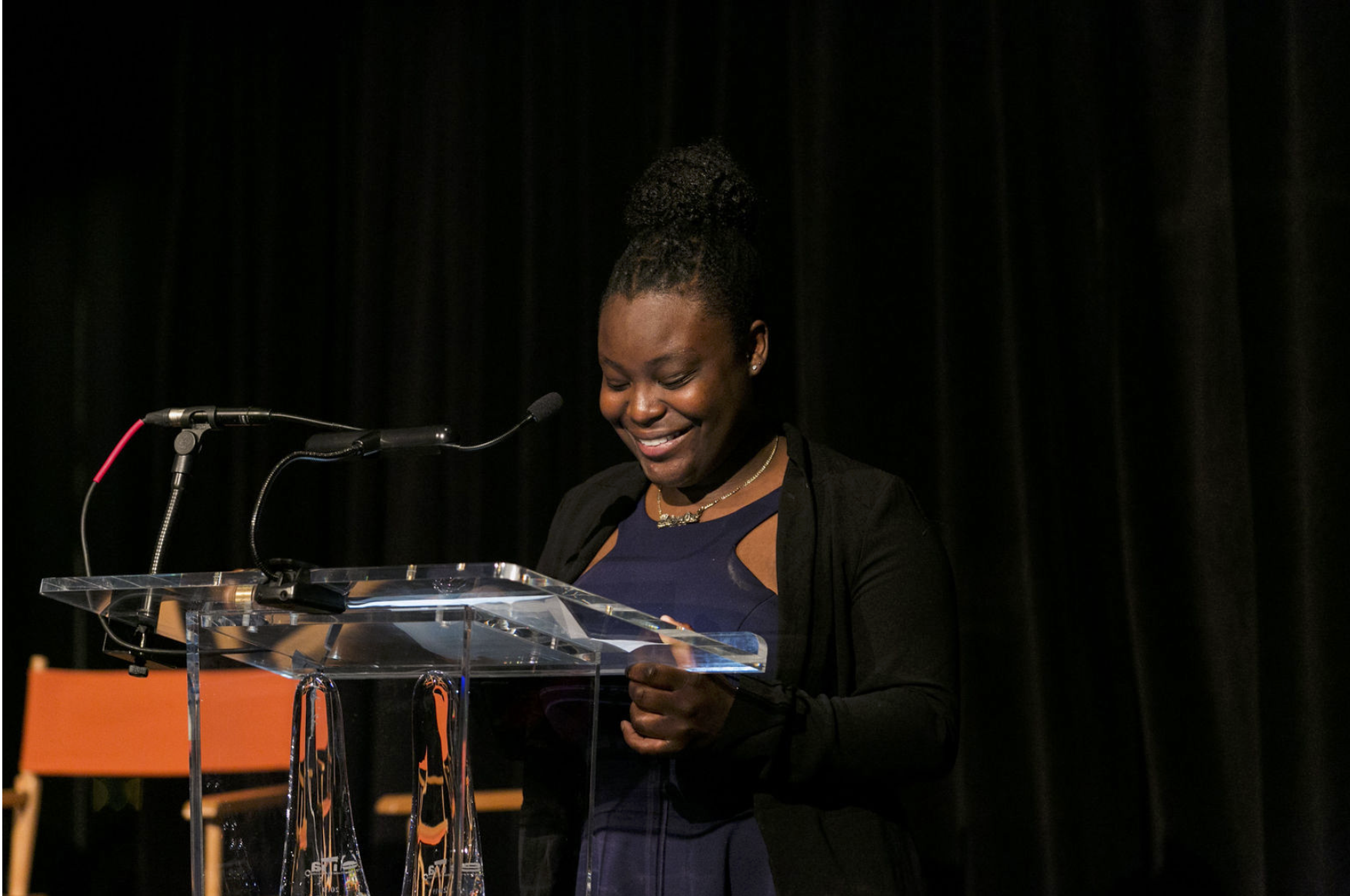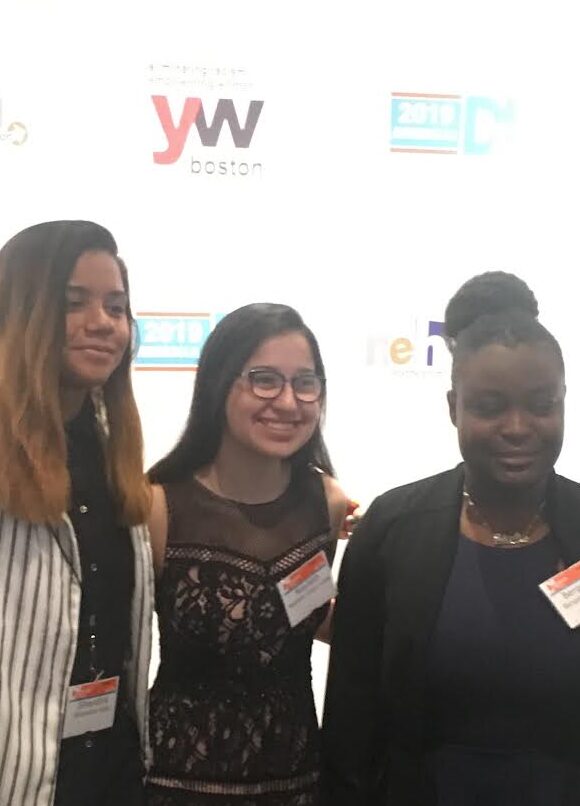In 2020, I took a Business Ethics Course in Brazil. I got a chance to stay with a host family. There is a large afro indigenous population in Brazil. Traveling to Brazil was the first time I’d ever been outside of the country. I had to apply for a passport, study away visa, and medical insurance. The process took about one month. Fun fact, Brazil was the last country to abolish slavery. I got a chance to learn from the afro indigenous peoples in Brazil. In my freshman year, spring semester, I took an Afro-Brazilian dance class spring of 2020. I learned more about art in Brazil soon after the trip. Throughout the course, I used background life experience I learned in Brazil, specifically the dance samba
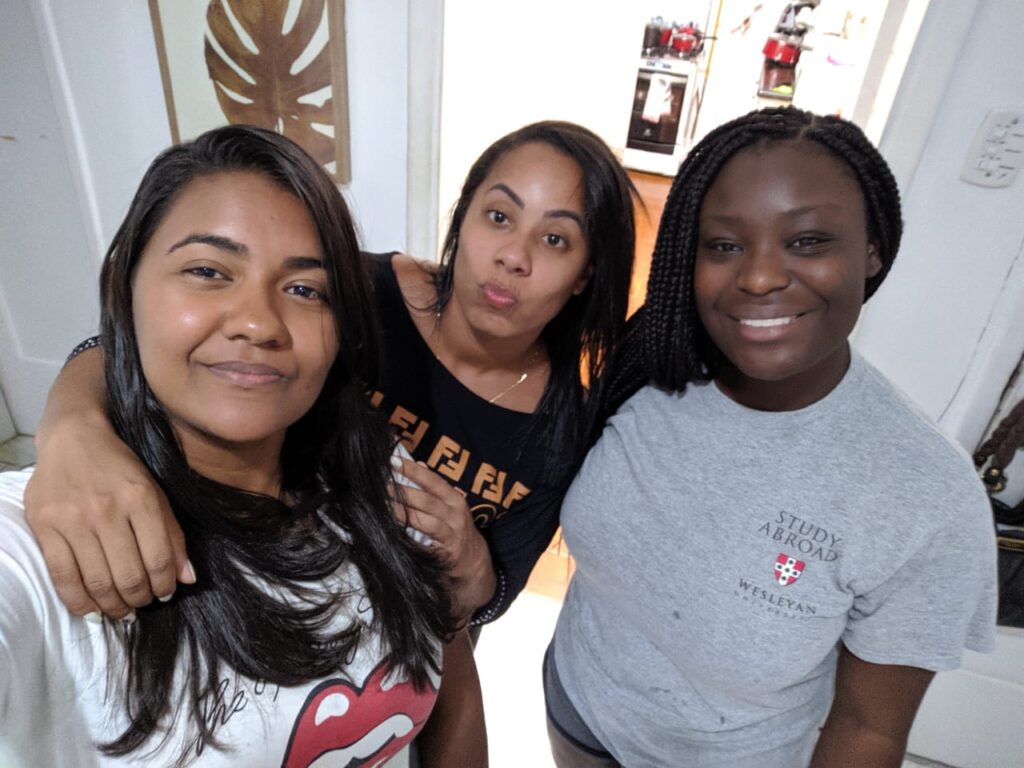
The course has educated me on real-life experiences. In Brazil, I went to a museum in Petropolis and I asked about the Afro- Brazilian experience. Come to find out they removed the afro-Brazilian exhibit in the museum. Another experience I had with learning more about Afro-Brazilian culture was through the TV show, She’s Gotta Have It. There was a mention of orixas in one of the episodes. Two dances in the choreography reminded me of Lansu and Xansu. The episode took place in Puerto Rico and the mother was extremely religious. In the episode, the mother gave food to the orixas before eating which I found interesting. The religion was praised on the show and made multiple appearances. Having the background of the class made me understand the dance in the last portion of the episode. The African Diaspora reached as far as Puerto Rico and the episode is testimony to this truth.
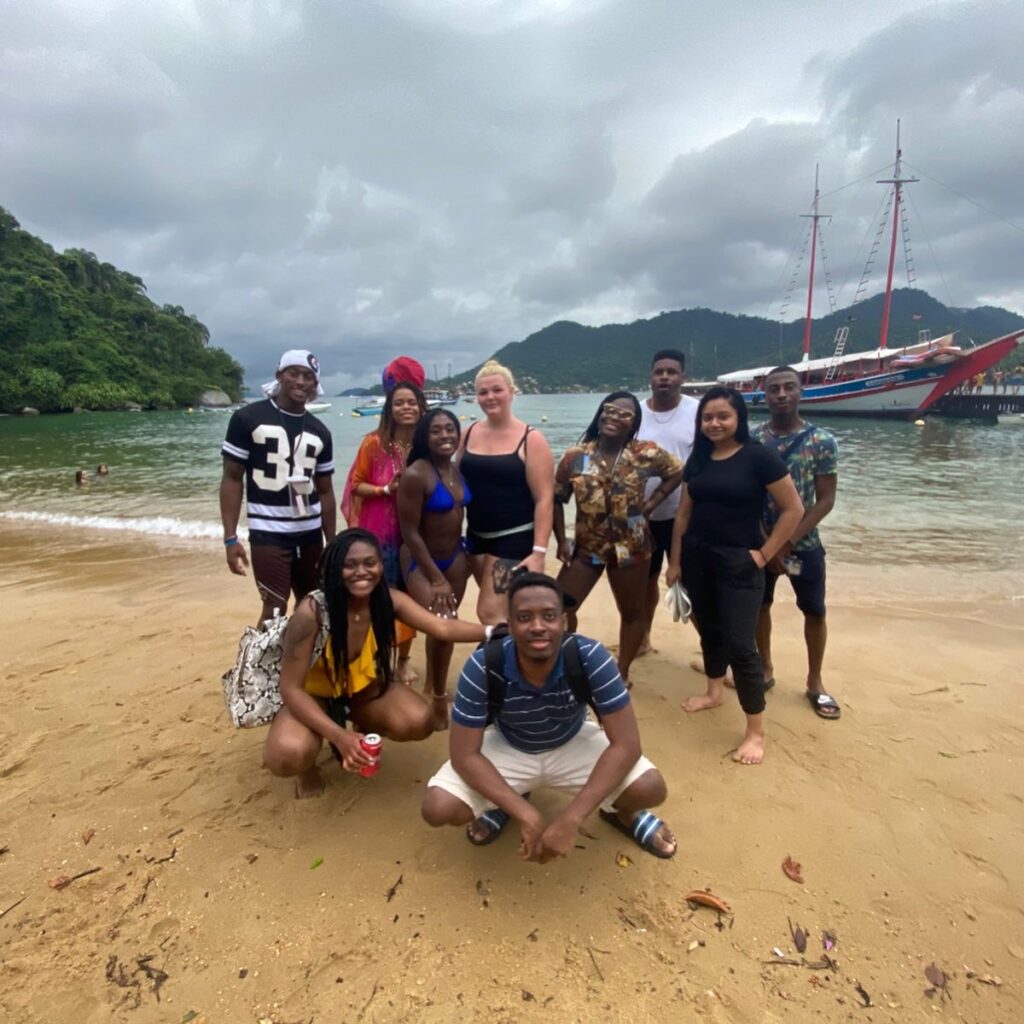
I was able to apply my real-life experiences to the class from the daily greeting or the orixas learned in class. This made the class more interpersonal. Reading about the origins of Condomple in the course allowed me to delve deeper into Afro- Brazilian culture. Before COVID-19 I would practice the moves for movement evaluations with a partner. During the pandemic, I was practicing and mesmerizing dance move by myself. Art is not respected in the world of academia. I learned this through Yoruba reading. The first impression of cultures is dark. This course has taught me to see dance in a different light. I see dance as educational, as a form of communication and art. When in Brazil there was another student there that wanted to learn more about the Yoruba people. The global society remains sheltered from African culture. This course promotes dance education in Brazil where dance is not respected in the world of academia.
